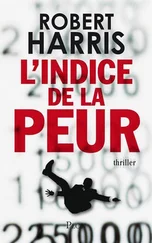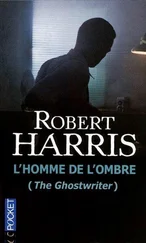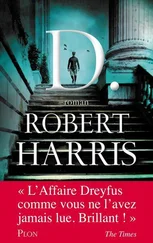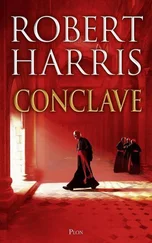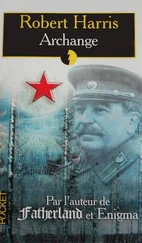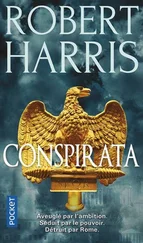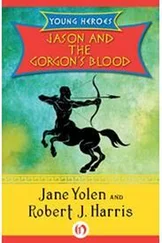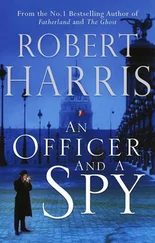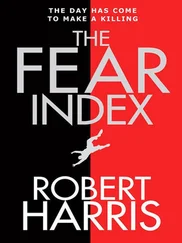The Sylt excursion was, unfortunately for Heidemann, fairly typical. The rambling and tipsy old Nazis enjoyed his hospitality but produced little of practical value. By 1978 it was becoming apparent that Henri Nannen’s 60,000 mark investment in Heidemann and his ‘deck conversations’ was not paying off. Around this time, Erich Kuby, an experienced Stern writer, joined forces with Heidemann to investigate the Nazis’ relations with Mussolini. Carin II was supposed to be the key which would unlock the participants’ memories. SS Major Eugen Dollmann, formerly a senior officer in the German security service in Rome, was among those lured aboard. In the visitors’ book aboard the yacht Kuby wrote that ‘on this calm and quiet sea – if one can ever describe the Elbe as such – in the company of General Wolff, we allowed the Third Reich to come alive again’. But despite Kuby’s melodramatic description, these sessions also proved to be largely worthless.
Heidemann’s research practice [according to Kuby] consisted of switching on his tape recorder and letting it run as long as possible so that he didn’t break into the flow of the other person’s conversation with pointed questions…. During our work together, Heidemann delivered to me from time to time transcripts of all his tape recordings. I think that in total there were some 500 pages or so. But he wasn’t filtering the information. He was simply writing it up word for word and a lot of it didn’t even have any questions.
‘Until this time,’ said Kuby, ‘I had no particular reason to think that Heidemann was pro-Nazi in any way. But as we worked on the project, my conviction about this began to waver.’ His colleague, he realized, no longer had any ‘critical perspective’ in his dealings with the former Nazis: he was beginning to identify with them. Piecing together Heidemann’s activities from now onwards is to witness a man slowly sinking into a mire of obsession and fantasy about the Third Reich.
Heidemann married his third wife at his fourth wedding ceremony in May 1979. His new bride was not Edda Goering, from whom he had parted a few years previously, but one of Edda’s friends. Gina Heidemann had been introduced to her future husband in the early 1970s. She was a former au pair girl and airline stewardess, tall and elegant with long blonde hair. At the time her affair with Heidemann began she was still married to her first husband and had two children, daughters, aged nineteen and sixteen. She shared Heidemann’s interest in the Nazis and had spent many happy hours on board Carin II . The two witnesses at the wedding were not Joseph and Heike Friedmann – Gina’s closest friends and the couple who had first introduced her to Gerd – but SS Generals Wolff and Mohnke. ‘We asked the Friedmanns whether they’d mind,’ Gina explained to the Sunday Times in 1983. ‘They are Jews you see. Joschi said that, no, he thought it would be interesting. And it was. They were all very interested in talking to each other.’ Not all the Heidemanns’ guests were as phlegmatic. ‘My wife and I went to the wedding ceremony,’ recalled Randolph Braumann, ‘and I said to him, “Aren’t you going a bit far? The SS as wedding witnesses?” “That’s just a tactic,” said Heidemann. “I need these people in order to get to the old Nazis in South America.”’
Heidemann wasted no time in exploiting his contacts. On 24 June 1979, he and Gina set off on their honeymoon – accompanied by General Wolff. Their destination was South America, where the trio spent the next nine weeks looking for fugitives from the Third Reich. The lustre of Wolff’s name ensured that the Heidemanns had access to some of the most notorious of the Nazi refugees. They visited Argentina, Chile, Paraguay, Bolivia and Brazil. They saw several high-ranking SS officers who had served in Italy. In Chile they met Walter Rauff, Wolff’s former subordinate, who had been in charge of the mobile ‘gassing vans’, precursors of the gas chambers. He was wanted in West Germany for the murder of 97,000 Jews, mostly women and children. In La Paz in Bolivia, Wolff arranged a meeting with Klaus Barbie, the ‘Butcher of Lyons’, wanted by the French for torture, murder, and complicity in the Final Solution. Barbie gave Heidemann a long interview, and the reporter afterwards referred to his ‘friendship’ with the war criminal.
‘The point of the trip was to find Mengele and Bormann,’ Wolff told the police in 1983, ‘or at least to find traces of them.’ Josef Mengele, the notorious chief doctor at Auschwitz, had, it has since turned out, drowned in the sea at São Paulo only four months before Heidemann came looking for him: his trail, said Heidemann, was ‘cold’. But the search for Martin Bormann was a different matter. From the summer of 1979 onwards, Heidemann was convinced that Bormann was alive.
Such a belief was not without precedent. By 1972, sixteen different ‘Martin Bormanns’ had been arrested in South America: there was Rohl Sonnenburg, for example, the forty-three-year-old priest picked up in 1966 by the Brazilian police in a monastery near Recife; there was Juan Falero, the itinerant Mexican carpenter who had never even heard of Bormann, who was arrested in Guatemala in 1967; five years later there was the case of the septuagenarian jute and banana planter, Johann Hartmann, who was plucked from his shack in a remote Indian village in Colombia, photographed and fingerprinted, and reported all over the world as being Hitler’s former secretary. All of the alleged Bormanns were later found to be innocent and released, but the speculation that Bormann had survived persisted. ‘I believe that Martin Bormann is alive and well,’ wrote Stewart Steven, Foreign Editor of the Daily Express in March 1972. ‘His story would be certainly the most fascinating of all.’ Eight months later, Steven collaborated with the American writer Ladislas Farago on a five-part ‘World Exclusive’ serialized in the Daily News in New York and the Express in London. According to the two newspapers, Bormann was living as a prosperous businessman in Argentina. This ‘great manhunt saga’, as they called it, was accompanied by a ‘snatched’ photograph of an ‘Argentine intelligence officer’ face to face with his ‘quarry’ in the border town of Mendoza. Subsequent investigation established that the picture was actually taken outside a café in the heart of Buenos Aires and showed two friends talking. ‘Bormann’ proved to be a fifty-four-year-old Argentine high school teacher named Rudolfo Siri.
The journalist who did most to discredit the rumours that Bormann had survived was Jochen von Lang – the man who had first introduced Heidemann to Mohnke and Wolff. In 1965, von Lang had published an exhaustive investigation in Stern which concluded that Bormann had died during the break out from the Führerbunker on 2 May 1945. Stern was sufficiently confident of von Lang’s conclusion to hire a bulldozer and a team of labourers to dig for his body in Berlin’s Invalidenstrasse. They found nothing. But seven years later, on a snowy morning in December 1972, workmen excavating a site a few yards from the scene of the original Stern dig found two skeletons. Identified from dental records, one proved to be Hitler’s last doctor, Ludwig Stumpfegger, and the other, Martin Bormann.
This evidence satisfied most people. The West German public prosecutors, who had been searching for Bormann since 1945, shut down their inquiry. Hugh Trevor-Roper, who had regarded the question of Bormann’s survival as ‘open’ for twenty-five years, stated that it could now be ‘closed’.
Ladislas Farago, naturally, disagreed. In 1974 he produced a book – Aftermath – supposedly containing new evidence that Bormann was still alive. The book’s credibility was not enhanced by Farago’s highly coloured prose style. (‘Turning to Hugetti, he said, “I think this gentleman needs the picana.” Dieter winced. He knew what the picana was – the dreaded torture instrument…’) The climax of Farago’s imaginative tale was his personal confrontation with ‘Bormann’ in a convent hospital run by nuns of the Redemptorist Order ‘somewhere in southern Bolivia’:
Читать дальше

